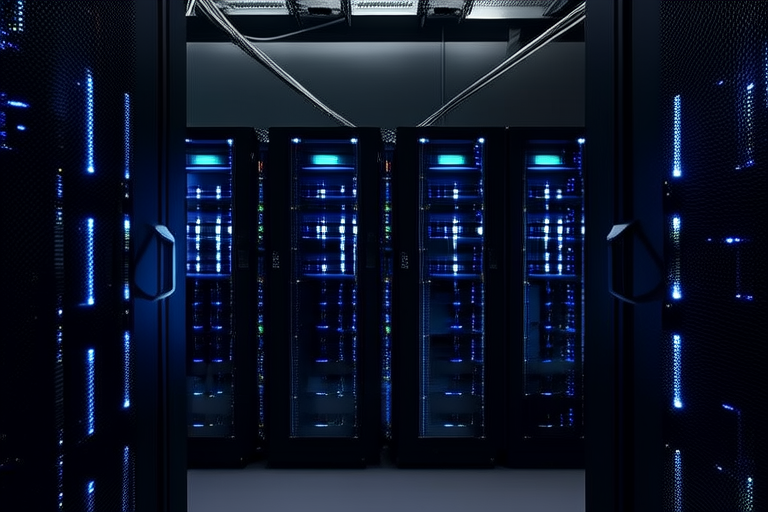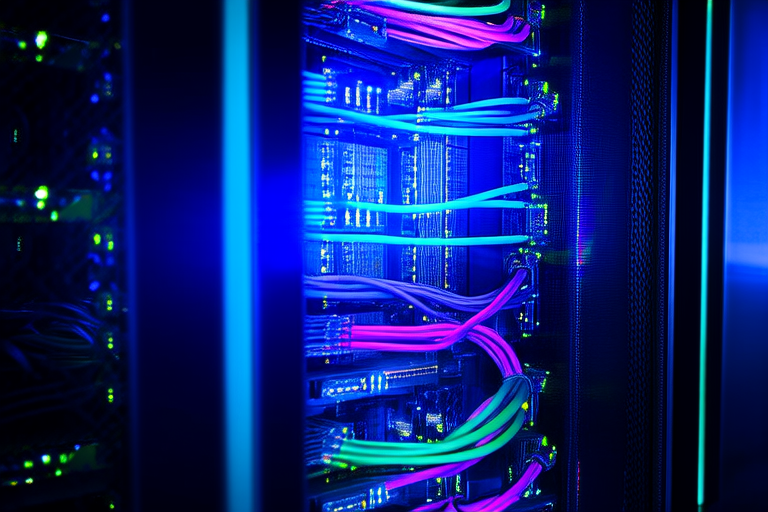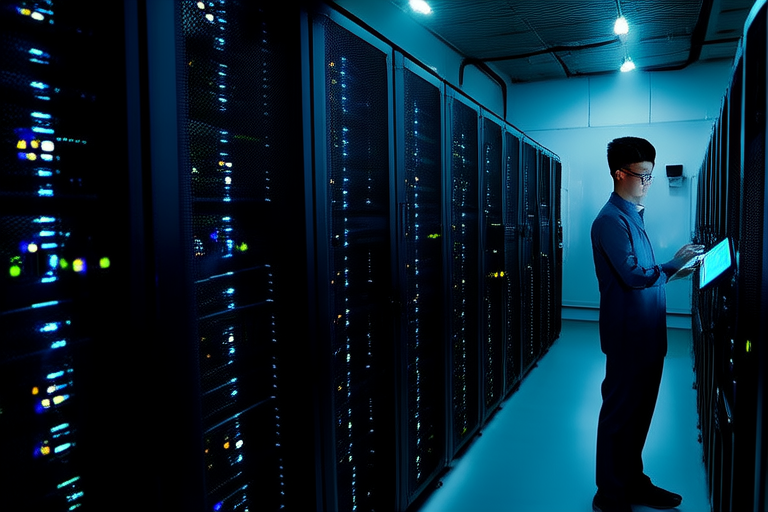Navigating the Future with Cloud and Edge Computing Solutions
Introduction
In today’s rapidly evolving digital landscape, cloud computing and edge computing have emerged as pivotal technologies that are reshaping industries and driving innovation. Cloud computing provides scalable, flexible, and cost-effective solutions, while edge computing focuses on reducing latency and enhancing real-time processing capabilities. Together, these technologies complement each other, addressing modern technological challenges and paving the way for a more efficient and connected future.
What is Cloud Computing?
Definition: Cloud computing refers to the delivery of computing services—such as servers, storage, databases, networking, software, analytics, and intelligence—over the Internet (“the cloud”) to offer faster innovation, flexible resources, and economies of scale. You typically pay only for cloud services you use, helping lower operating costs, run your infrastructure more efficiently, and scale as your business needs change.
Types of Cloud Services:
- IaaS (Infrastructure as a Service): Provides virtualized computing resources over the internet. Users can install any operating system and software.
- PaaS (Platform as a Service): Offers an on-demand environment for developing, testing, delivering, and managing software applications.
- SaaS (Software as a Service): Delivers software applications over the internet, eliminating the need for organizations to install and manage the software themselves.
Industries Benefiting from Cloud Computing:
- Finance: For secure data storage and real-time transaction processing.
- Healthcare: To store patient records and enable remote consultations.
- Retail: For inventory management and customer relationship management.
What is Edge Computing?
Definition: Edge computing is a distributed computing paradigm that brings computation and data storage closer to the location where it is needed, to improve response times and save bandwidth. By processing data at the edge of the network, edge computing reduces the amount of data that needs to be sent to the cloud, thereby lowering latency and improving performance.
Difference Between Cloud and Edge Computing:
- Cloud computing processes data in centralized data centers, whereas edge computing processes data at the edge of the network.
- Cloud computing is ideal for applications requiring high availability and scalability, while edge computing is better suited for applications requiring low latency and real-time processing.
Industries Benefiting from Edge Computing:
- Manufacturing: For predictive maintenance and quality control.
- Transportation: To enable autonomous vehicles and smart traffic management.
- Telecommunications: For real-time video streaming and network optimization.
Key Benefits of Cloud and Edge Computing
Advantages of Cloud Computing:
- Scalability: Cloud computing allows businesses to scale up or down based on demand, ensuring optimal resource utilization.
- Cost-effectiveness: Cloud computing eliminates the need for expensive hardware and infrastructure, reducing operational costs.
- Flexibility: Cloud computing provides flexibility in terms of deployment, allowing businesses to quickly adapt to changing market conditions.
- Security: Cloud providers offer robust security measures, protecting sensitive data from unauthorized access.
Advantages of Edge Computing:
- Low Latency: Edge computing reduces the time taken for data to travel between devices and the cloud, enabling real-time decision-making.
- Bandwidth Reduction: By processing data locally, edge computing minimizes the amount of data transmitted to the cloud, saving bandwidth.
- Real-time Processing: Edge computing enables real-time analysis and processing of data, enhancing application performance.
- Enhanced Security: Edge computing can help protect sensitive data by processing it locally, reducing the risk of data breaches.
Complementary Roles of Cloud and Edge Computing
Cloud and edge computing work together to provide optimal solutions by leveraging the strengths of both technologies. While cloud computing offers scalability, flexibility, and powerful computational resources, edge computing ensures low latency and real-time processing. This synergy is evident in various real-world use cases:
- Smart Cities: Edge computing processes data from sensors and cameras locally, while cloud computing analyzes aggregated data for city-wide insights.
- Autonomous Vehicles: Edge computing handles real-time data processing for safety-critical decisions, while cloud computing supports long-term planning and updates.
- Industrial IoT: Edge computing processes sensor data for immediate action, while cloud computing provides historical analysis and predictive maintenance.
- Healthcare Applications: Edge computing enables real-time monitoring and alerts, while cloud computing supports comprehensive patient data management and analysis.
Challenges and Considerations
Adopting cloud and edge computing solutions comes with its own set of challenges, which must be addressed to ensure successful implementation:
- Data Privacy and Security Concerns: Ensuring the protection of sensitive data is paramount. Implementing robust encryption and access controls can mitigate these risks.
- Integration Complexities: Integrating cloud and edge computing solutions requires careful planning and coordination. Standardization and interoperability are key to seamless integration.
- Resource Management: Efficiently managing resources across the cloud and edge environments is crucial for optimizing performance and cost.
Future Trends
The future of cloud and edge computing looks promising, with several advancements on the horizon:
- Quantum Computing: Quantum computing has the potential to revolutionize data processing and analysis, offering unprecedented speed and efficiency.
- 5G Networks: The rollout of 5G networks will further enhance connectivity, enabling faster data transfer and reduced latency.
- Artificial Intelligence: AI will play a significant role in optimizing cloud and edge computing solutions, enabling smarter decision-making and automation.
Conclusion
In conclusion, cloud and edge computing are indispensable technologies that are shaping the future of digital transformation. By understanding their unique benefits and complementary roles, businesses and industries can leverage these solutions to stay competitive and future-proof their operations. As we continue to explore new frontiers in technology, the integration of cloud and edge computing will undoubtedly drive innovation and unlock new possibilities.




